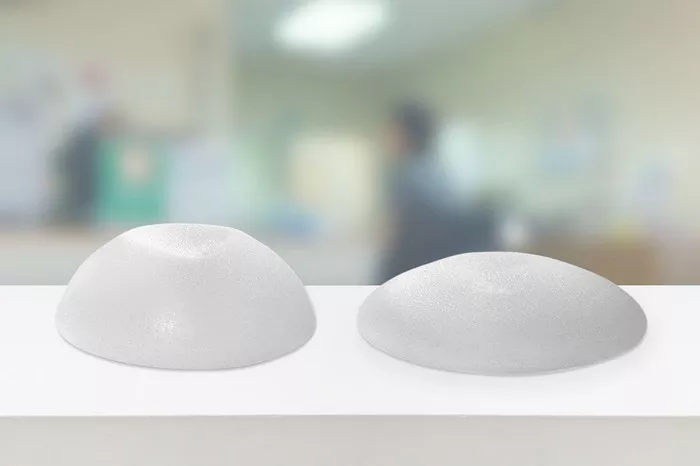Breast augmentation is a transformative cosmetic procedure that can enhance the size and shape of the breasts, boost self-confidence, and provide a renewed sense of self. As individuals consider breast augmentation, questions arise about the longevity of breast implants and whether they need to be replaced or “redone” after a certain period. In this article, we’ll delve into the factors that influence the lifespan of breast implants, signs that may indicate the need for replacement, and guidelines for how often you should consider getting your breast implants redone.
Understanding Breast Implants
Breast implants, also known as breast prostheses, are medical devices used to augment the size and improve the contour of the breasts. They consist of a silicone shell filled with either silicone gel or saline solution. Over the years, advancements in implant technology and surgical techniques have led to improved outcomes and longer-lasting results.
Factors Influencing the Longevity of Breast Implants
The lifespan of breast implants varies among individuals and can be influenced by several factors:
Implant Type: The type of implant used (silicone gel or saline) can impact how the implant ages over time.
Implant Quality: High-quality implants from reputable manufacturers tend to have better longevity.
Implant Placement: Implants placed under the muscle may experience less pressure and stress, potentially extending their lifespan.
Lifestyle and Activities: Lifestyle choices, such as smoking, extreme weight fluctuations, and intense physical activities, can affect how breast implants age.
Natural Changes: The aging process, pregnancy, and breastfeeding can lead to changes in breast tissue and impact the appearance of implants.
Complications: Complications such as rupture, leakage, capsular contracture (scar tissue formation), and implant malposition can affect the lifespan of breast implants.
When Should You Consider Replacement?
While breast implants are designed to be durable, there are situations where replacement might be considered:
Rupture or Leakage: If a saline implant ruptures, it deflates, causing an obvious change in breast size. Silicone gel implant rupture may be less noticeable and require imaging to confirm.
Capsular Contracture: When scar tissue forms around the implant and becomes tight, it can cause discomfort, distortion, or changes in breast appearance.
Change in Appearance: Over time, natural changes in breast tissue and skin elasticity can impact the appearance of breast implants.
Asymmetry: Changes in implant position or size can lead to breast asymmetry, which may warrant correction.
Desire for Change: Some individuals may choose to replace implants for aesthetic reasons, such as changing size or shape.
How Often Should You Get Your Breast Implants Redone?
There is no fixed timeline for when breast implants need to be replaced. Unlike routine maintenance, such as changing the oil in a car, breast implant replacement is not necessary on a predetermined schedule. The decision to replace breast implants should be based on individual circumstances and factors such as the condition of the implants, physical changes, and potential complications.
Guidelines for Monitoring Implants
While there is no set timeframe for replacement, consider these guidelines for monitoring your breast implants:
Regular Self-Exams: Perform regular self-examinations to check for changes in the appearance or feel of your breasts.
Imaging: If you have silicone gel implants, consider periodic imaging, such as MRI, to check for silent rupture, especially after the first few years.
Surgeon Consultations: Schedule regular follow-up appointments with your surgeon for professional assessment and guidance.
Watch for Changes: Be vigilant for changes in breast appearance, discomfort, or other signs that may indicate implant-related issues.
Consulting with Your Surgeon
If you’re considering breast implant replacement, it’s essential to consult with a board-certified plastic surgeon. A skilled surgeon can evaluate your individual case, discuss your goals, and recommend the best course of action. They can also provide insights into advancements in implant technology and surgical techniques that may impact your decision.
Conclusion
The decision of how often to get your breast implants redone is unique to each individual and depends on various factors, including the type of implant, lifestyle, changes in breast appearance, and potential complications. While there is no fixed timeline for replacement, it’s crucial to remain vigilant, perform regular self-exams, and consult with a qualified plastic surgeon for professional guidance. By staying informed and proactive, you can make the best decisions for your breast augmentation journey, ensuring the longevity of your results and the continued satisfaction of achieving your desired breast appearance.


